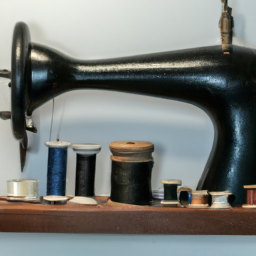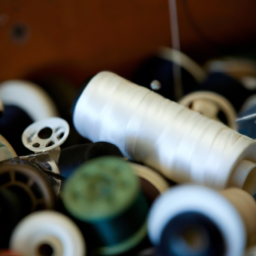
History of Bespoke Tailoring

Throughout history, fashion trends have come and gone. But one thing that has remained constant is the art of bespoke tailoring. With origins dating back centuries, bespoke tailoring has played an integral role in clothing and fashion traditions around the world.
Bespoke tailoring refers to the creation of custom-made clothing, tailored specifically to an individual’s body measurements and preferences. This meticulous process involves skilled artisans who craft each garment from scratch, using the finest fabrics and paying attention to the smallest of details.
The roots of bespoke tailoring can be traced back to ancient civilizations such as ancient Egypt and Mesopotamia. However, it was during the Renaissance period in Europe that bespoke tailoring truly flourished. European nobility sought the services of master tailors to create intricate and lavish garments, reflecting their social status and wealth.
In the 19th century, bespoke tailoring underwent a resurgence thanks to the Industrial Revolution. As mass production became the norm, bespoke tailoring offered a personalized alternative to the growing uniformity of ready-made clothing. Wealthy individuals and aristocracy could showcase their style and privilege through bespoke garments worn exclusively by them, showcasing their distinct taste.
“Bespoke tailoring is an art form that stands the test of time, blending tradition with individuality.”
Throughout the 20th century, bespoke tailoring continued to captivate both men and women, evolving alongside changing fashion trends. World-renowned fashion houses contributed to the fame of bespoke tailoring, creating iconic designs that have become synonymous with luxury and sophistication.
Today, bespoke tailoring still holds a special place in the fashion industry. Despite the rise of fast fashion and mass-produced clothing, discerning individuals seek the timeless craftsmanship and exclusivity associated with bespoke garments. It allows them to personalize their clothing, ensuring a perfect fit and embodying their own unique style.
From tailored suits to couture gowns, bespoke tailoring remains a symbol of elegance, individuality, and the highest level of craftsmanship. The passion and dedication of skilled artisans continue to breathe life into this centuries-old tradition, ensuring that bespoke tailoring will endure and leave a mark on the world of fashion for generations to come.
– – –




